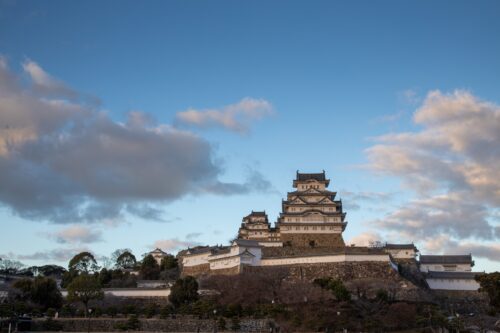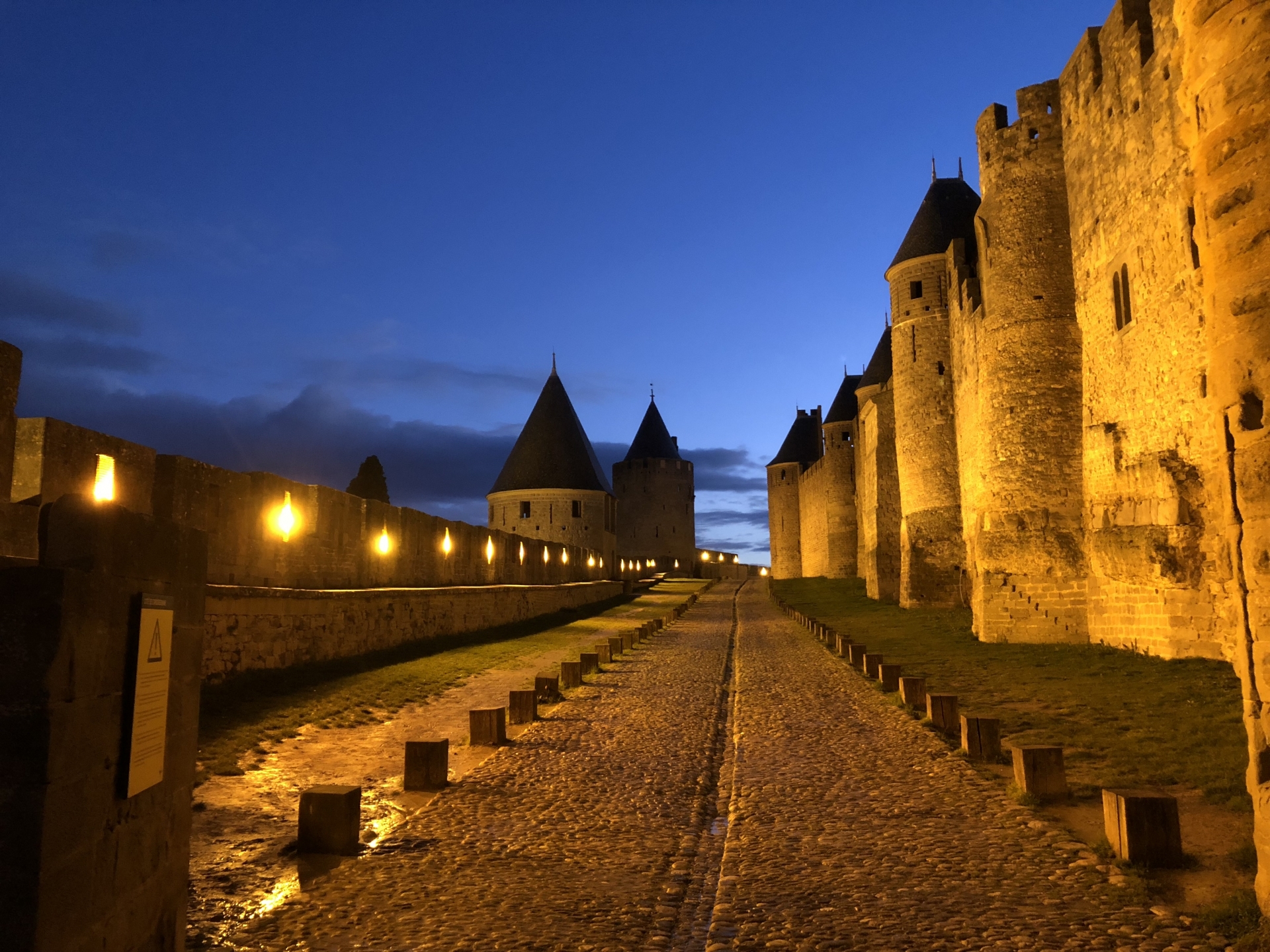Differences between Japanese and European castles
I believe many of you have seen the above image. It’s the fortress of Carcassonne, one of the UNESCO world heritage sites. According to what I learned on the Internet, it is now the second most popular sightseeing spot in France after Mont Saint-Michel. It becomes more popular in Japan nowadays because the fortress city serves as the stage of a big-hit Japanese film. I’m ashamed to say, but I had not seen European fortresses and castles much (including Carcassonne). In addition, I’ve not watched the hit film yet, but the fortress of Carcassonne made me interested in European castles, and I found some differences from Japanese castles.
I imagine anyone would immediately notice the difference in material: stone in European castles and wood in Japanese ones, but that is not what attracted my attention most. More interesting to me is that the fortress of Carcassonne has a residence area inside and high walls, different from Japanese castles.

The reasons of the differences
As I looked it up on the Internet again, the reason why Japanese castles didn’t have a residence area inside is because of the difference in the characters of the wars between Japan and European countries. It was a kind of civil war or fight between local clans in the samurai age in Japan. People other than samurai worriors were basically not the target of attack. They just led their daily lives outside the castles or battle areas, while samurais killed each other.
The reason of no high walls in Japan is so easy that I can imagine it without the help of Google. It’s technically difficult to build high structures in an earthquake country like Japan. Instead, most of the Japanese castles have outer moats, much easier in a country with a lot of rivers flowing freely everywhere. Castles were evolving in different ways in Europe and Japan like this, though the era of castles was over in both areas once cannons became a main weapon.
What I found interesting through the above quick search is the impact of cultural components such as a political situation, climate, etc. on concrete matters like castle structure. As it is seen above, the shape of castles are totally different in Europe and Japan even though their basic and main purpose is the same (defense against enemies). In that sense, our furniture definitely becomes unique and so Japanese style, no matter how, because it’s made by Japanese craftspeople here in Japan using Japanese wood. The problem is sometimes we can’t tell if it’s uniquely Japanese, like “can’t see the forest for the trees.” I think cross-cultural understanding is important to understand our own culture more deeply.

Shungo Ijima
He is travelling around the world. His passion is to explain Japan to the world, from the unique viewpoint accumulated through his career: overseas posting, MBA holder, former official of the Ministry of Finance.

